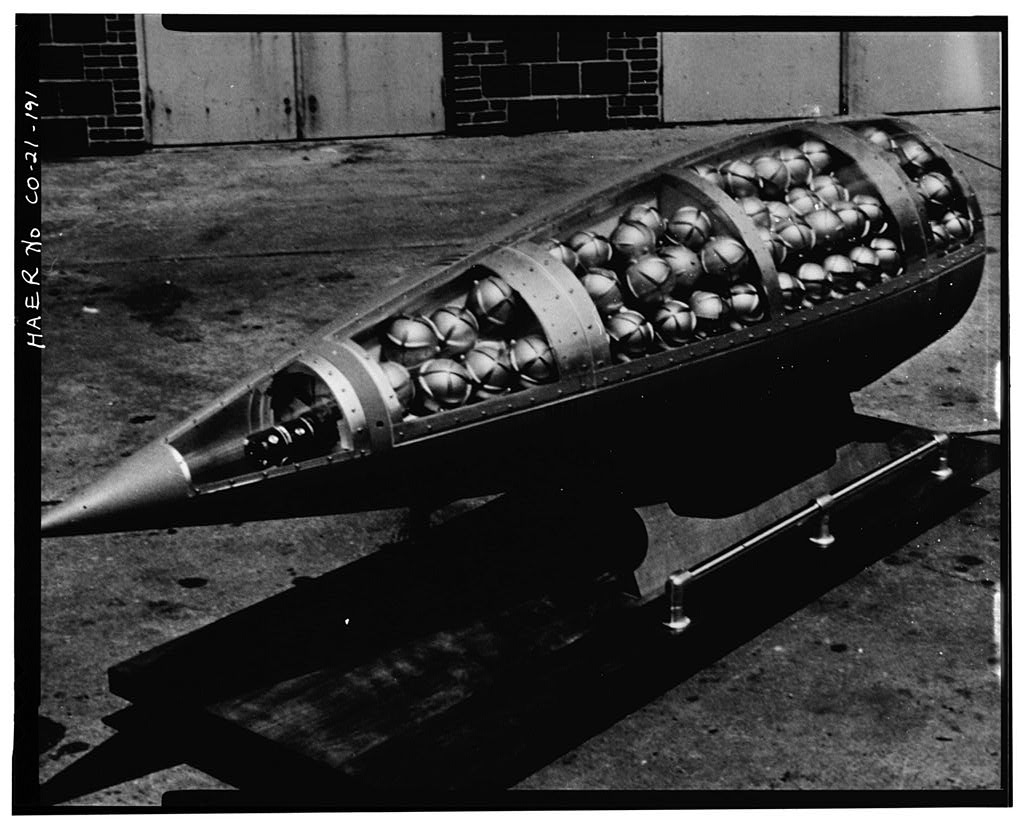Whilst the threat of nuclear war and dirty bombs still looms large, in the never-ending humanitarian battle for peace there has been a bit of a shift in focus. Although ever-present, the threat of nuclear war has somewhat diminished since the end of the Cold War. There have been worries about terrorist organizations acquiring ex-Soviet ordnance or even manufacturing their own weapon in order to start an apocalyptic war, but other issues have arisen in regards to conflicts that are already going on.
There was recently passed an international treaty that, following a similar vein to the Ottawa Treaty on landmines (1997), prohibits the use of ‘submunition-based weapons.’ These are commonly known as cluster bombs, which explode on impact or while airborne and scatter large numbers of smaller explosives across an area (a “footprint”) that can be as large as a ¼ of a square kilometer. The Convention on Cluster Munitions was opened for signing on December 3rd, 2008 and has since been signed by more than 90 states. Countries that ratify the convention will be obliged “never under any circumstances to: Use cluster munitions; Develop, produce, otherwise acquire, stockpile, retain or transfer to anyone, directly or indirectly, cluster munitions; Assist, encourage or induce anyone to engage in any activity prohibited to a State Party under this Convention.” (http://www.clusterconvention.org/pages/pages_ii/iia_textenglish.html). Thus, it is a total ban of the weapons type, although key players in world conflict, such as the U.S.A. and the Russian Federation, have stated they will not sign. As will be outlined in the examples below, before these very recent events there were no restrictions on the use of submunition-based weapons–they were considered legitimate weapons.
The issue with cluster bombs lies in the weapons function: their detonation releases a large quantity of small ‘bomblets’ upon the target area, which is usually not a very specific one. Modern cluster bombs are primarily designed towards destroyed roads, runways, stockpiles of weapons, and tanks. Unfortunately, when released into a civilian location, the consequences are horrendous. The principle idea that hundreds of bomblets are essentially let loose upon a location where there may be civilians presence does not go over well with anyone who really thinks about it. Another big problem with the large amount of released ordnance is that there will often be some that did not detonate upon impact, posing a threat to innocents long after the bombing took place (this will be discussed in the next section).
The air forces of many countries today use cluster bombs as their standard ordnance, and the theory has been used in artillery for the entire 20th century. There is, however, a noted trend away from the submunition-based weapons. Reports from groups like Human Rights Watch and Handicap International have reported on the horrors caused by the use of such weapons, citing particularly the recent events in Lebanon, where they dealt untold destruction upon civilian targets and left what is believed to be at least 1 million unexploded bomblets in populated areas.
 –A typical cluster bomb, packed with bomblets.
–A typical cluster bomb, packed with bomblets.
Next: UXOs/MECs.
Back to Issues of Morality and Violence.
Back to the bomb main.
